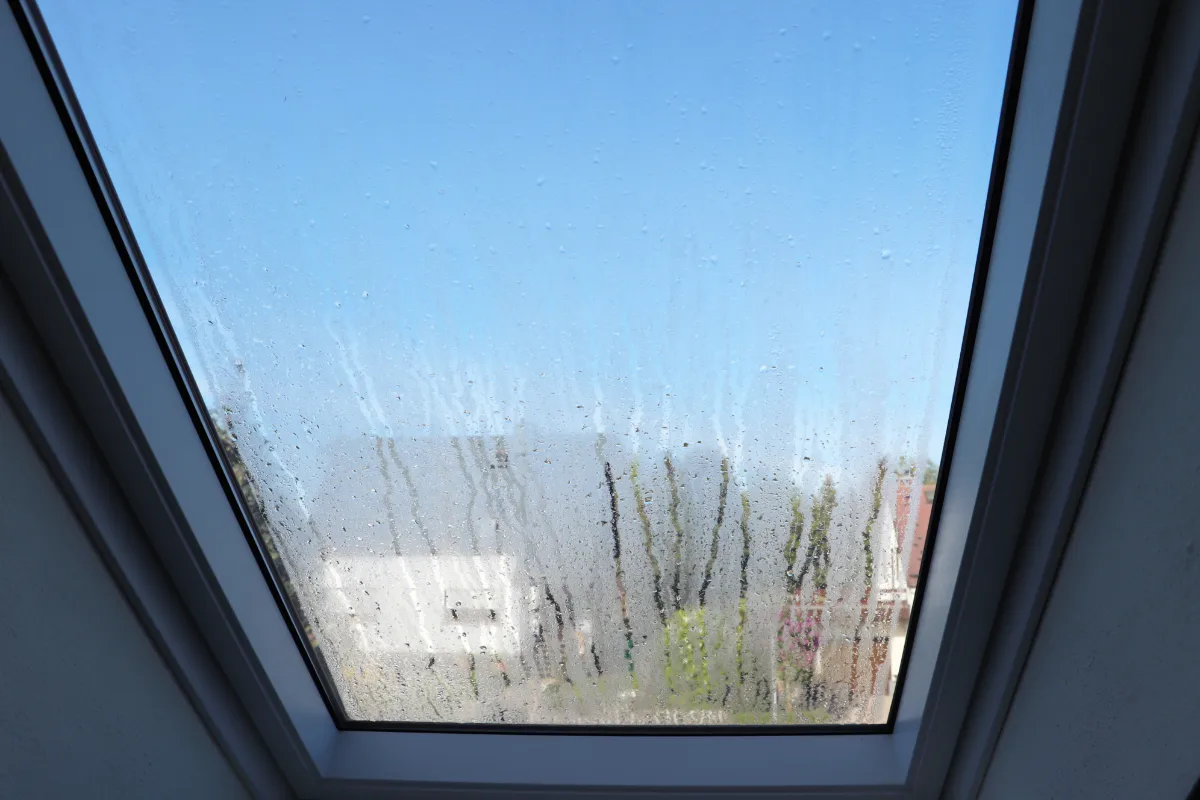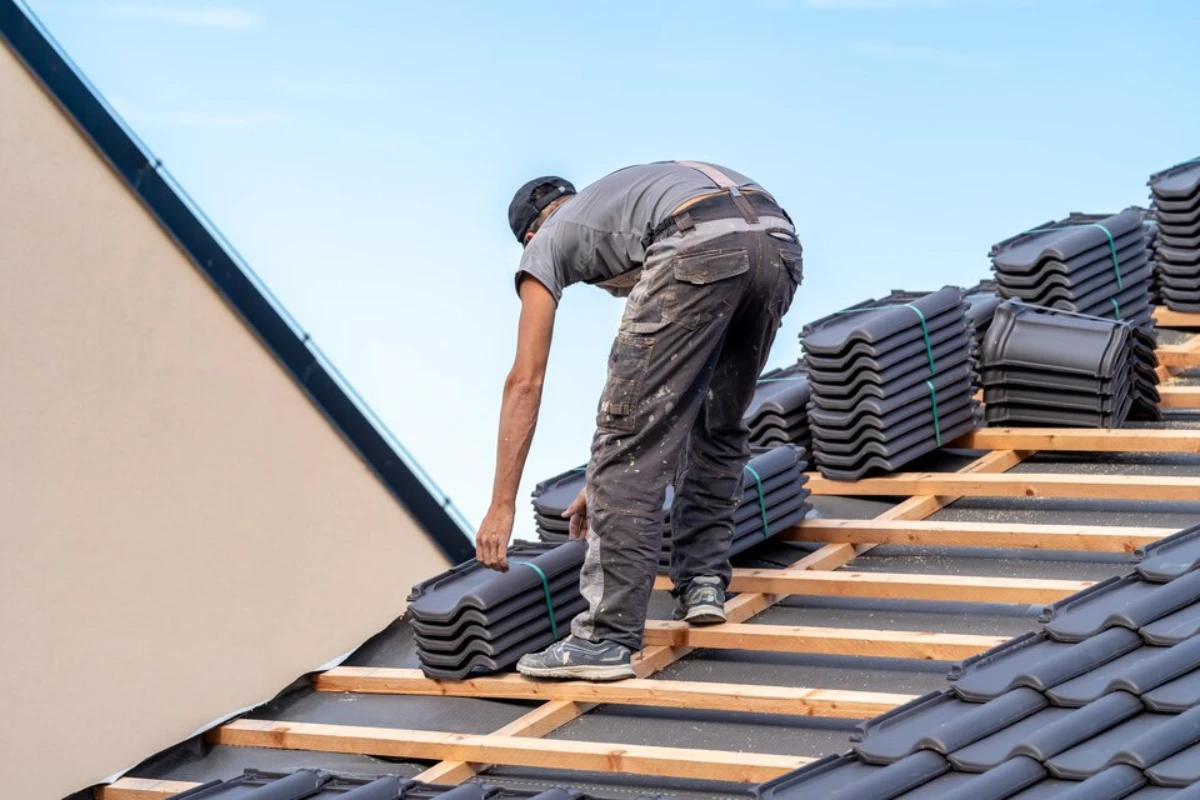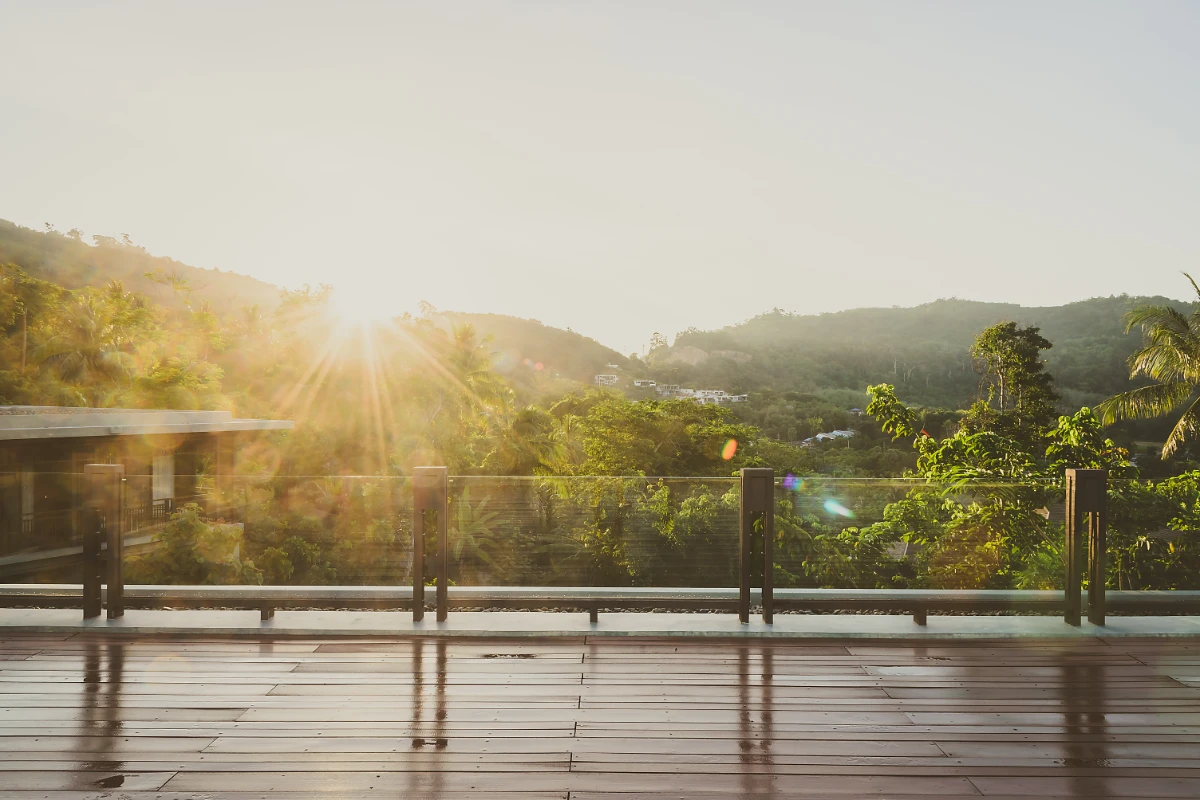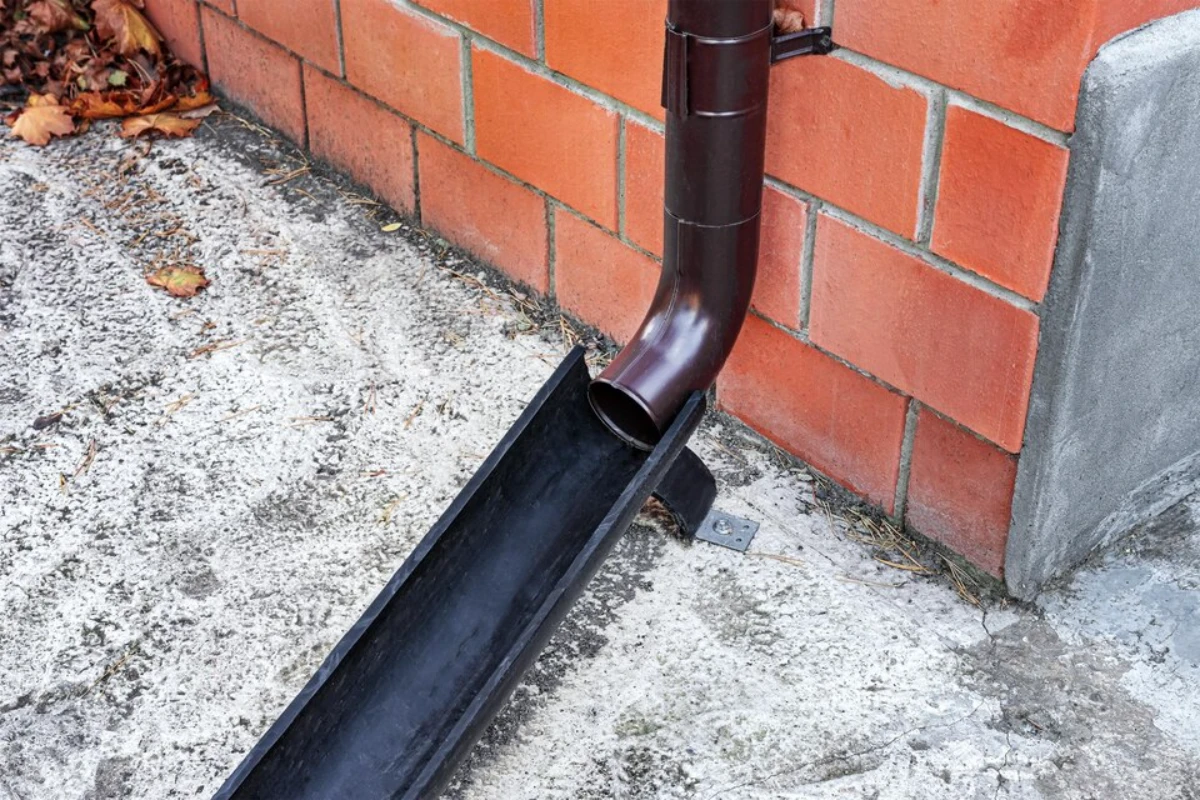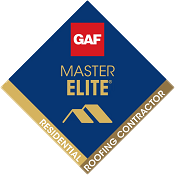Humidity is a fact of life in parts of the country, especially in southern states like Florida and Georgia. In fact, the Florida Climate Center notes that the Sunshine State is the most humid state in the country!
What Is Humidity?
Humidity is the amount of water vapor in the air, which can range from dry to extremely humid depending on the temperature and location. Humidity can be measured in two ways:
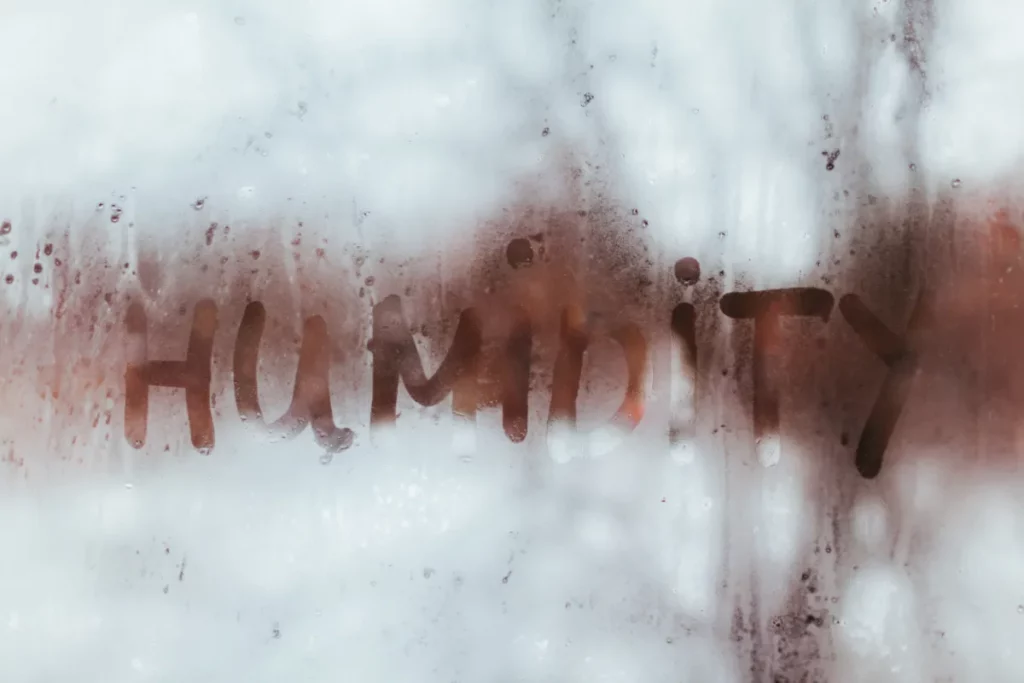
- Absolute humidity is the total mass of water vapor in a given volume of air. It is measured in grams of water vapor per cubic meter of air.
- Relative humidity is the amount of water vapor in the air compared to the maximum amount of water vapor that the air can hold at a given temperature. It is expressed as a percentage.
The higher the relative humidity, the more moisture is in the air. When the relative humidity is high, the air feels muggy and uncomfortable. The lower the relative humidity, the less moisture is in the air. When the relative humidity is low, the air feels dry and uncomfortable.
The amount of humidity in the air can vary depending on a number of factors, including the temperature, the amount of sunlight, and the proximity to bodies of water.
How Humidity Can Affect Your Roof
High humidity can cause damage to roofs. When humidity levels are high, the water vapor in the air can condense on the roof’s surface or in its materials. This can lead to a number of problems, including:
- Mold and mildew growth: Mold and mildew thrive in humid environments. If they are allowed to grow on your roof, they can cause damage to the roof’s materials and also release allergens and toxins into the air.
- Wood rot: Wood is susceptible to rot when it is exposed to moisture. If the humidity levels in your attic are high, the wood in your roof’s rafters and other supporting structures can rot. This can weaken the roof’s structure and make it more likely to collapse.
- Shingle damage: Asphalt shingles can curl, crack, or delaminate if they are exposed to high humidity levels. This can lead to leaks and other problems.
- Rust: Metal roofs can rust if they are exposed to high humidity levels. This can weaken the roof’s structure and make it more likely to leak.

Protecting Your Roof From Humidity
Fortunately, there are a few steps you can take to protect your roof from the effects of humidity:
- Clean your roof regularly. Cleaning your roof on a regular basis can help prevent algae, mold, and mildew growth.
- Inspect for damage. Regularly inspecting your roof for signs of damage can help you catch any potential problems early on. Regular professional roof inspections ensure that even small issues get caught before they become more serious.
- Repair any damage as soon as possible. If you notice any damage on your roof, make sure to repair it promptly to avoid further damage.
- Consider a cool roof. Cool roofs are designed to reflect the sun’s rays and reduce the amount of heat absorbed into your home, which can help keep your attic cooler and reduce humidity levels.
- Ensure that the attic is properly ventilated. Proper attic ventilation helps keep humidity levels in your attic low. Make sure that the vents are not blocked and that they are functioning properly.
Choosing The Best Roofing Material For A Humid Climate
When it comes to choosing the best roofing material for a humid climate, there are a few important factors to consider.
Metal Roofs
Metal roofs are highly durable and can withstand humid climates well. They are also resistant to mold and mildew growth. Some popular types of metal roofs for humid climates include:
Galvanized steel: Galvanized steel is a cost-effective metal roof that is available in a variety of colors
Aluminum: Aluminum is another cost-effective metal roof that is available in a variety of colors. It is also lightweight, making it a good option for roofs with limited structural support.
Copper: Copper is a more expensive metal roof, but it is also very durable and can last for centuries. It is also resistant to corrosion and can help to protect your home from lightning strikes.
Tile Roofs
Tile roofs are particularly suited for humid climates for several reasons:
- They have a natural ability to withstand the elements, thanks to their manufacturing process. The clay or concrete used in tiles is fired or cured at high temperatures, making them highly resistant to the effects of intense sun and heavy rain. This means they won’t deteriorate as quickly as some other roofing materials exposed to high humidity levels.
- Tile roofs are excellent at repelling water, preventing moisture absorption that can lead to mold or mildew. They also have an innate ability to “breathe,” allowing air to circulate underneath the tiles, which helps keep the roof structure dry and reduces humidity-related issues.
- Tile roofs are generally thicker and heavier than other roofing materials, providing an extra layer of insulation to keep your home cooler and further reducing indoor humidity.
EPDM Rubber Roofs
EPDM rubber roofs are a newer type of roof that is becoming increasingly popular. They are made from a single sheet of rubber that is bonded to the roof deck. EPDM rubber roofs are very durable and can withstand the harsh elements of humid climates.
“Green” Roofs
Green roofs are becoming more popular, thanks to their various benefits. They consist of a layer of soil and vegetation planted on top of a waterproof membrane or roofing material. Green roofs absorb water and help reduce air pollution while providing insulation, which can help keep your home cooler in hot weather. In addition, they reduce the amount of surface runoff that can lead to flooding, which is especially important in humid climates where heavy rains can occur.
Shingles
Synthetic or composite shingles are a viable option for areas with high humidity levels. Synthetic shingles are resistant to water damage, mold growth, and discoloration. Additionally, they require less maintenance than other roofing materials and can often last up to 50 years with proper care.
Tips for Choosing a Roof in a Humid Climate
When choosing a roof for a humid climate, it is important to consider the following factors:
- Durability – The roof should be able to withstand the harsh elements of the climate, including high winds, heavy rains, and hail.
- Resistance to mold and mildew – The roof should be resistant to mold and mildew growth.
- Energy efficiency – The roof should help to keep your home cool in the summer and warm in the winter.
- Aesthetics – The roof should complement the style of your home.
- Color – A lighter-colored roof is better able to reflect the sun’s rays and help keep your home cool.
It is also important to consult with a qualified roofer to get recommendations for the best roof for your specific needs and budget.
Stronghold Roofing & Solar
When you need roofers in Lakeland and nearby, you don’t want just any roofing company. You want the best roofing company in Florida – Stronghold Roofing & Solar.
Our full range of roofing services includes commercial and residential installation, inspection, and repair. Contact us today.
FAQ’s – Roofs and Humidity
What is the best roofing material for a humid climate?
The best roofing material for a humid climate depends on several factors, such as your budget and the size and shape of your home. Generally speaking, metal roofs, tile roofs, EPDM rubber roofs, green roofs, and synthetic shingles are all good options for areas with high humidity levels.
How can I protect my roof from the effects of humidity?
There are a few steps you can take to protect your roof from the effects of humidity: cleaning your roof regularly, inspecting it for damage, repairing any damage as soon as possible, and considering a cool roof. Additionally, you should make sure that there is adequate ventilation in your attic to help reduce indoor humidity levels.
Can high humidity cause my roof to leak?
High humidity can contribute to roof leaks. Over time, repeated exposure to moisture can cause the roofing material to deteriorate and lead to leaks. Additionally, humid climates often experience heavy rains, which can also damage roofs and lead to leaks if not properly addressed.
Can humidity damage my roof?
High levels of humidity can damage your roof. Prolonged exposure to moisture can cause the roofing material to deteriorate over time and lead to leaks or other types of damage. Additionally, humid climates often experience heavy rains, which can also damage roofs and lead to leaks if not properly addressed.
How can I reduce the humidity levels in my home?
There are a few steps you can take to reduce the humidity levels in your home: ensuring that there is adequate ventilation, using dehumidifiers, avoiding activities that generate extra moisture (like taking hot showers), and running exhaust fans when cooking or doing laundry. Additionally, you should consider installing a cool roof to reduce the amount of heat that enters your home and keep humidity levels low.
